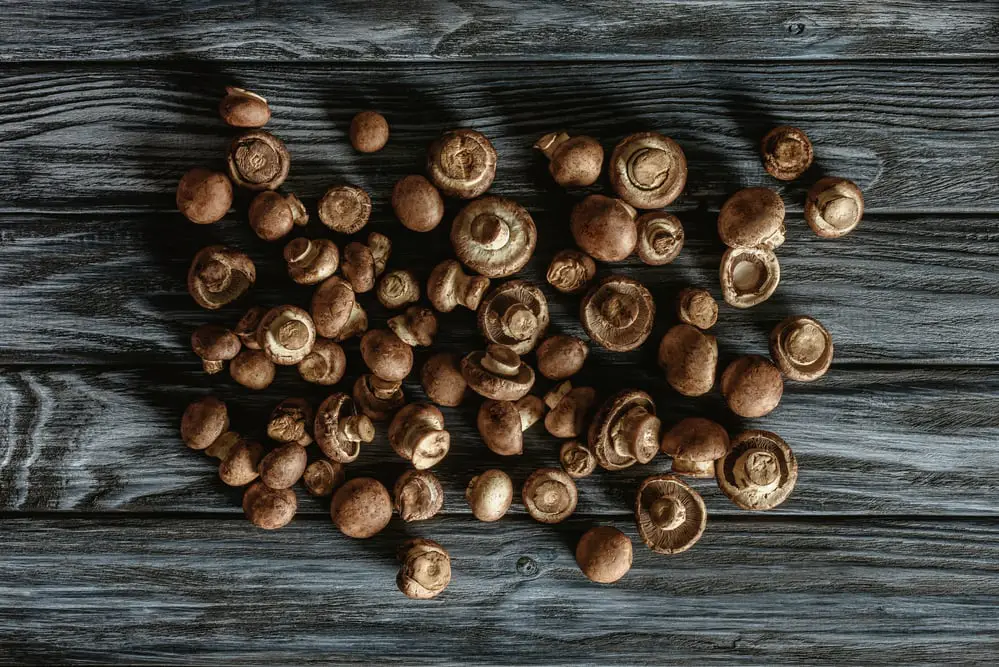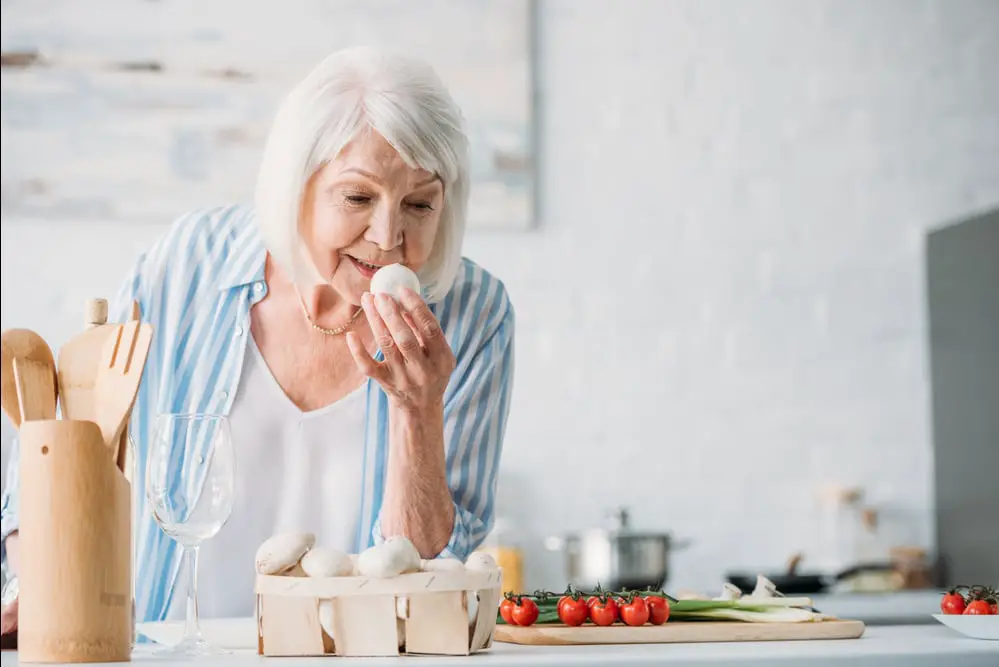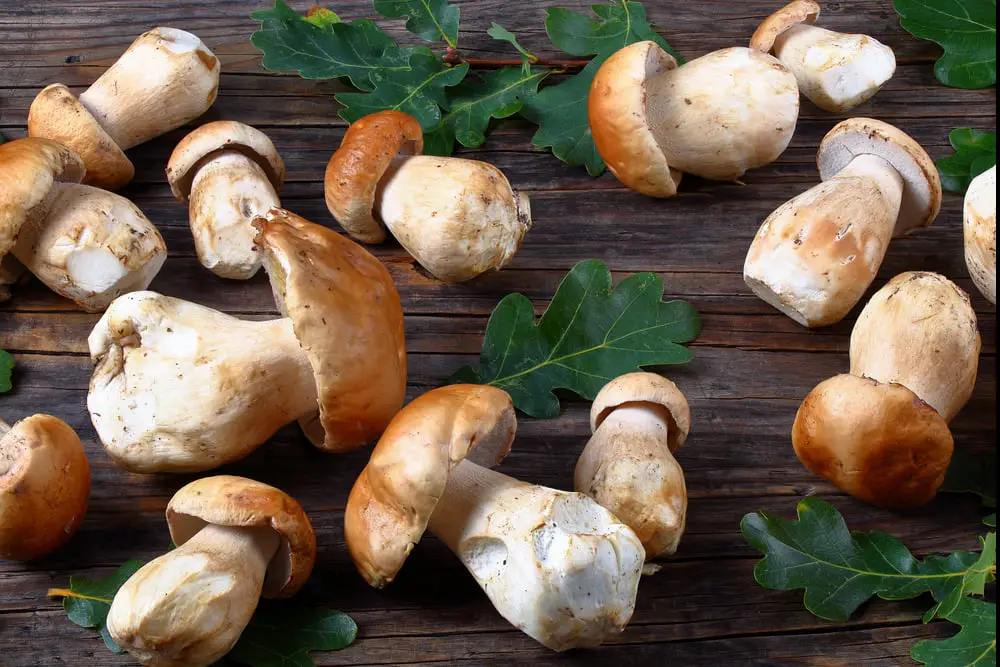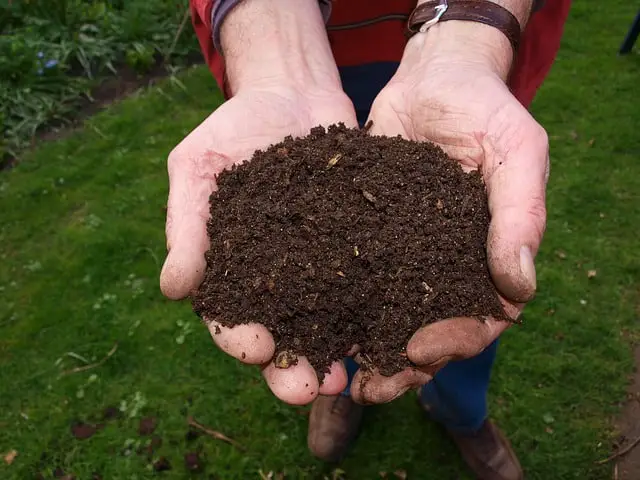If you are a keen mushroom eater, you have probably asked this question once or twice – are brown mushrooms okay to eat? Let’s find out!
Mushrooms that have turned brown aren’t generally safe to eat. Discoloration in the mushroom is a sign that the cells are breaking down and turning bad, and there could be fungal spores that you can’t see growing. It is best not to eat mushrooms once they have turned brown or developed brown spots.
Is It Okay To Eat Mushrooms That Have Turned Brown?
Not really, no. Mushrooms that have turned brown are no longer good to eat and should be discarded. They may have been bruised or might be turning darker because they are losing their color, but they are not edible at this stage, and should be thrown away or composted.
A small amount of browning is acceptable, so don’t throw mushrooms away the instant the color starts to alter, but don’t eat mushrooms that have gone very brown.
Can You Get Sick From Eating Old Mushrooms?
Yes, you can get sick if you eat old mushrooms. They may be harboring bacteria and it is even possible to get food poisoning from a mushroom that has gone bad. This is rare, but can be very nasty if it happens, so avoid the risk if possible.
Any old food is a potential harbor for bacteria, and mushrooms are no exception to this rule.

How Do You Know When Mushrooms Are Bad?
Discoloration isn’t the only way to tell that your mushrooms have gone off. Other signs you may see include an unpleasant smell (mushrooms should smell earthy and pleasant) and a slimy texture.
Mushrooms that have gone squashy, discolored, or taken on a funny scent are no longer safe to eat. You should always take the time to smell mushrooms you are planning to eat, as scent and the visual clues are the best ways to tell if they are still safe for consumption.

What Happens If You Eat Mushrooms That Have Gone Bad?
You may suffer from no ill effects if you eat mushrooms that have turned bad, but you also might get stomach ache, or even end up throwing up or experiencing diarrhea. In serious cases, off mushrooms could lead to a fever and chills.
It is unlikely that eating moldy mushrooms will usually do much harm, but it’s best to avoid them just in case.
Why Do Mushrooms Turn Brown?
So, why do the mushrooms that are getting old actually turn brown in the first place? There’s an enzyme that is responsible for the discoloration.
The enzyme is called tyrosinase, and it actually forms before the mushrooms start going off. It starts to react with oxygen, and then begins to turn brown over a period of days. The more time it has to react with oxygen, the browner it becomes, and the closer your mushrooms get to being spoiled.
Mushrooms may also turn brown due to bruising, but the natural browning process will occur even if you don’t let your mushrooms get damaged.

How Do You Keep Mushrooms From Turning Brown?
If your mushrooms are going brown faster than you expected, or you have had to slice mushrooms for later use, you can use lemon juice to slow down the browning process. Surfaces that are exposed to air will brown more quickly, so squeeze a bit of lemon over them to stop this from happening.
Keeping them in a paper bag may also help to reduce browning, as it minimizes the flow of air and ensures the mushrooms aren’t exposed to more oxygen than is necessary.
How To Tell If Mushrooms Are Okay To Eat
Mushrooms that are okay to eat should retain their original color from when you purchased them. If they were white, they should still be white, or almost exactly the same color as when they were bought.
If they were already brown, the oxidizing process may be harder to see, but it will still result in a browner color than when you bought them.
You should also smell them; if the scent has become sour or fishy, the mushrooms need to be thrown away. You don’t need to taste mushrooms to know that they have turned bad; the sight and the smell should be sufficient indication of whether they are safe to consume.
Are Slimy Mushrooms Bad?
Yes, slimy mushrooms are definitely bad. If you get them out of their container and find that they feel slick and slippery, instead of firm and textured, they are no longer safe to eat.
The slime will often feel like a thin film on the surface of the mushrooms, and it shows that they have been compromised. Do not try to eat them.
If the slimy feeling is very minor, you may still feel that they are okay to wash and cook. However, be aware that there is a small chance they are not safe to eat.
If you decide to go ahead anyway, make sure you wash them thoroughly first.
How Do You Keep Mushrooms From Turning Slimy?
Do not wash your mushrooms until you are ready to use them. Moisture is a big contributing factor in mushrooms going off, which is why many people store them in paper bags to ensure that they can breathe and moisture can escape effectively.
If you are storing your mushrooms in plastic, maximize the airflow and check on them every few days. If they seem to be getting wet, dry them off and put them in a new container.
Should I Store Mushrooms In The Fridge?
Yes, ideally, mushrooms need to be kept in the fridge. You may want to pierce the plastic wrap if they are kept in plastic to allow moisture to escape, but otherwise, just put them straight in there.
Mushrooms that are kept on the counter will not last as long, so unless you are going to use them up within a couple of days of purchasing, they do need to be kept in cold conditions to preserve their firmness and keep them fresh.


